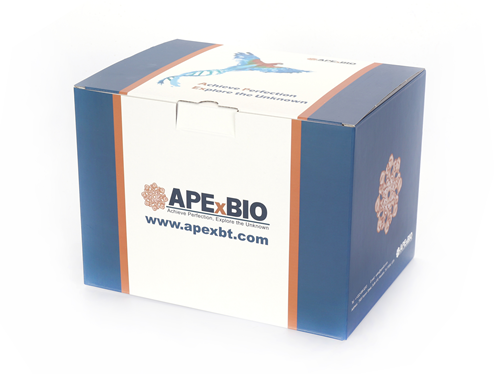Protein A/G beads
Protein A is a cell wall surface protein found in Staphylococcus aureus with a molecular weight of 42 kDa, which specifically binds to the Fc region of mammalian immunoglobulin (Ig) and also to the Fab region of the human VH3 family. Protein G is an immunoglobulin-binding protein expressed by Streptococcal bacteria, which specifically binds to the Fc region of mammalian immunoglobulin (Ig). This product is a modified recombinant Protein A (25 kDa) and Protein G (25 kDa), covalently coupled to nanoscale amino magnetic beads, and only the amino acid sequences related to the Fc-terminal binding of IgG are retained, and the sequences that may cause non-specific binding except the binding site are removed, so as to effectively reduce non-specific binding.
Protein A beads can specifically bind to the corresponding antibodies, such as human IgG1, IgG2, IgG4, mouse IgG2a, IgG2b and rabbit IgG, etc., and each Protein A molecule can bind 5 IgG molecules, while Protein G beads can bind antibodies to human IgG1, IgG2, IgG3, IgG4, mouse IgG1, IgG2a, IgG2b , IgG3, rat IgG1, IgG2a, IgG2b, IgG2c, rabbit, goat polyclonal antibodies, etc., and each Protein G molecule can bind 3 IgG molecules. Protein A/G beads are mainly used for immunoprecipitation (IP), co-immunoprecipitation (Co-IP) or chromatin immunoprecipitation (Ch-IP), as well as for the purification of antibodies in samples such as serum, cell culture supernatant or ascites. The binding capacity of common immunoglobulin subclasses and the total binding capacity of different species are shown in the table below (Table 1).
This product is a 1:1 ratio of Protein A beads to Protein G beads, which has a variety of significant advantages. First, a high content and binding specificity of the conjugated antibody can be achieved. Compared with traditional Protein A/G agarose gels, this product has a smaller pore size, which is less prone to non-specific adsorption and has a high binding capacity. 1 ml of magnetic bead suspension contains approximately 10 mg of magnetic beads and no less than 0.6 mg of recombinant Protein A/G, which can bind no less than 0.7 mg of Human IgG, and the specific maximum binding amount depends on the type of antibody and the target protein. For experiments, 10–20 μl of Protein A/G beads suspension is typically used for 500 μl samples for efficient immunoprecipitation experiments. Second, ultra-rapid binding of antibodies or antibody complexes can be achieved. Protein A/G beads (~200 nm) facilitate fast and efficient binding of magnetic beads to antibodies or antibody complexes due to their large specific surface area. The adsorption process of the antibody or its complexes can be completed within 10 minutes, and the immunoprecipitation of the target protein can be completed within 30 minutes. Shortening the operation time can effectively avoid the degradation or denaturation of the target protein during long-term operation, and fully ensure the activity of the target protein. Due to the magnetic separation, IP and Co-IP can be performed with up to 40% less time per session compared to agarose gels. Finally, a variety of methods can be used for elution. Depending on the structure of the protein of interest, its biological function, and the design requirements of subsequent applications, it can be eluted using a variety of eluents such as acidic solutions, SDS-PAGE loading buffers, or competitive peptides. (See Table 2 for specific product parameters)
| Component | K1305-1ml | K1305-5*1ml |
| Protein A/G beads | 1 ml | 5*1 ml |
Store at 4 °C for two years. | ||







